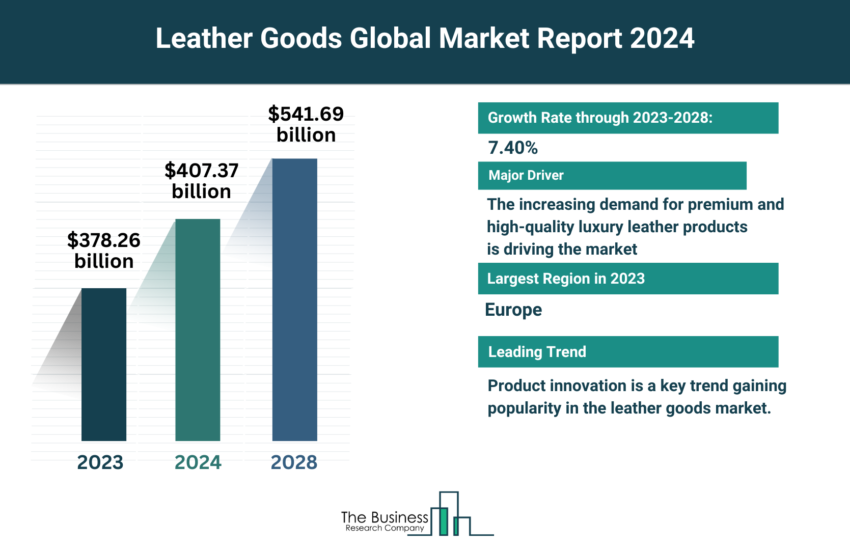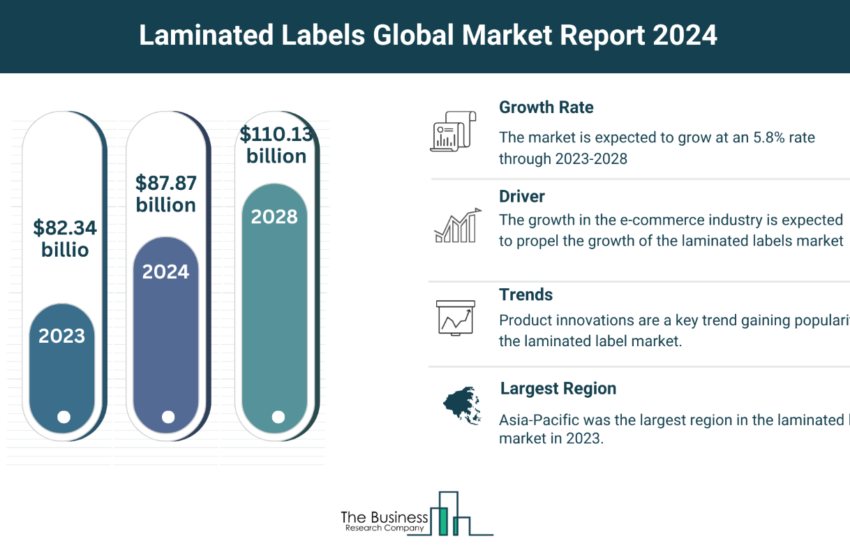Use of Sustainable Materials And Robotics In The Apparel Manufacturing Industry
The growing awareness on the adverse effects of textile industry on environment is encouraging customers to opt for sustainable materials. Unlike natural materials, synthetic fibers take long time to decompose as they are made from petroleum products. Biological materials like spider silk are light and have tensile strength that are used in making garments. Some of the companies also started creating a decomposable synthetic version of spider silk. For example, Spiber Inc., a Japanese biomaterials specialist, was the first to produce artificial spider silk. The company uses genetically modified E.coli to produce the silk proteins which are used to produce silk fibers. Apparel manufacturing companies also have cameras linked to computers to detect the edge of a piece to carry out stitching, thus indicating high degree of automation in the apparel manufacturing industry.
Read More On The Global Apparel Manufacturing Market Report At
https://www.thebusinessresearchcompany.com/report/apparel-market
The apparel industry has been transforming labor-intensive manufacturing facilities to automated production facilities. This has enabled the textile manufacturers to produce at a lower cost. For instance, Software Automation Inc. introduced a new approach to sewing automation. The company is using advanced computer vision systems to eliminate fabric distortion issues where a camera is used to track stitching at needle and coordinates the movement of the fabric using lightweight robots.
Request A Free Sample Of The Apparel Manufacturing Market Report At
https://www.thebusinessresearchcompany.com/sample.aspx?id=2347&type=smp
The apparel manufacturing industry consists of sales of apparel by entities (organizations, sole traders and partnerships) that produce apparel. Apparel producers cut and sew (i.e., purchase fabric and cut and sew to make a garment) and/or produce garments by first knitting fabric and then cutting and sewing the fabric into a garment.
The paper, plastics, rubber, wood and textile machinery manufacturing market, of which the apparel manufacturing market is a segment, consists of sales of paper, plastics, rubber, wood and textile machinery manufacturing products by entities (organizations, sole traders and partnerships) that produce paper, rubber, plastic, wood and textile machinery manufacturing products.
Read More On The Global Paper, Plastics, Rubber, Wood And Textile Machinery Manufacturing Market Report At
The apparel manufacturing market report covers market characteristics, size and growth, segmentation, regional and country breakdowns, competitive landscape, market shares, trends and strategies for this market. It traces the market’s historic and forecast growth by geography. It places the market within the context of the wider paper, plastics, rubber, wood and textile machinery manufacturing market, and compares it with other markets.



